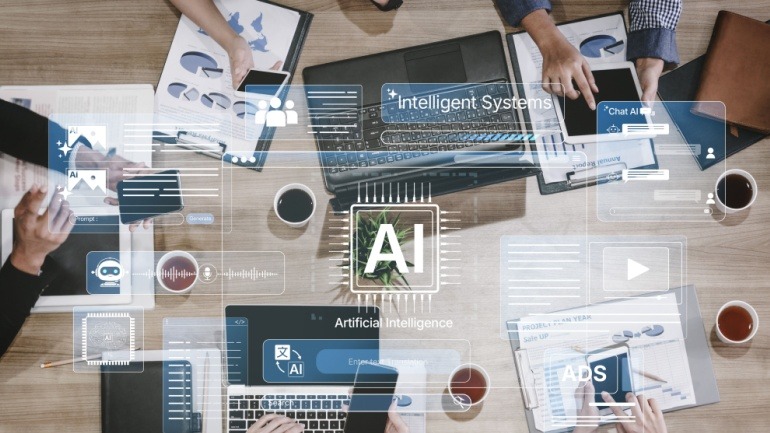Without a doubt, the fusion of artificial intelligence (AI) into data centres stirred up a wide-ranging debate on whether AI serves as an adversary or an ally to traditional job positions. With its efficient automation of repetitive tasks and ability to streamline server monitoring, AI invites us to envision an era saturated with untapped potential. Essentially, it paints a future where the symbiosis of technology and human proficiency gives birth to electrifying breakthroughs rather than sounding the death knell for jobs.
On examining the workforce dynamics in relation to AI, one would find starling revelations. According to the Uptime Institute Global Data Center Survey 2023, the picture of AI’s impact on staffing in data centres is somewhat conflicted. While 75% of operators expect AI to alter their staffing needs, they tread cautiously when asked to view AI as a sole problem solver.
Despite sparking an undeniable disruption, AI introduces data centres to the realm of possibilities. The brunt of monotonous tasks can be offloaded onto it, enabling human resources to direct their efforts toward the strategic aspects of data centre management. This makes room for a shift in roles from manual maintenance tasks to data engineers capable of fashioning automation for data pipelines.
Moreover, AI’s beneficial footprint reaches further than the confines of data centres. It holds the power to infuse new life into the telecommunications sphere. As digital transformation becomes the norm, AI stands as a torchbearer for innovation, efficiency, and heightened network performance. More than ever, companies stand to win by integrating AI-driven solutions for foolproof network management.
The integration of AI in the telecom industry also begets professionals with skills honed in AI and telecom expertise. They find a fertile ground for career growth, specialisation, and the opportunity to leave their mark on the future of this technologically advanced sector.
Interestingly, the partnership between AI and network resilience appears to be gaining a strong foothold. For instance, Opengear’s Smart Out-of-Band has shaped itself into a vital tool in this regard. It helps network teams manage networks from afar and adjusts to their needs while promoting their familiarity with network remediation tools.
The company’s Network Resilience Platform, enhanced by AI capabilities, stands like a sentinel, navigating networks through disruptions and leaving data centre operators free to tackle strategic goals.
Charting the path forward, we can’t miss the golden thread that ties AI to the destiny of data centres. What emerges from this epoch of change is not a scenario of job losses but a baptism by innovation, facilitated by AI, that urges us to keep pace with burgeoning technologies.
This integration of AI into data centres signals not an end but the dawn of a dynamic phase where human intelligence, augmented by AI, propels industries toward a high plateau of creativity and resilience.







